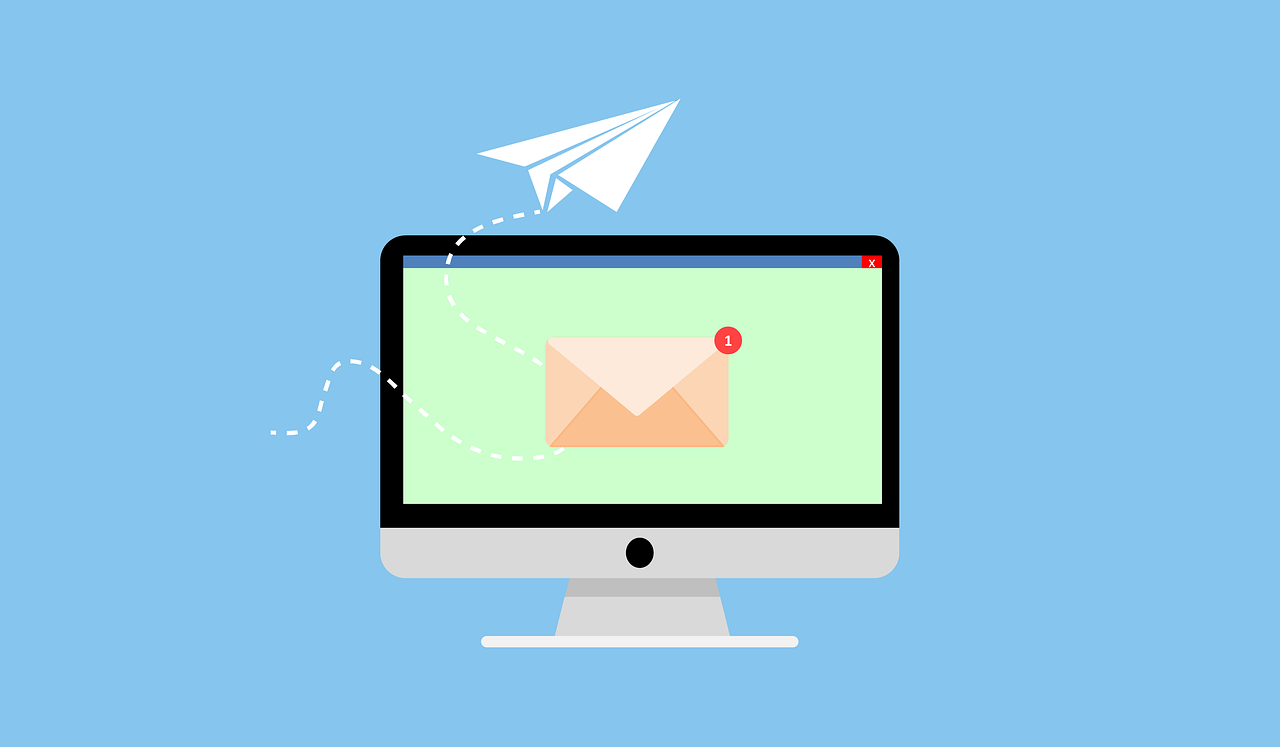· 3 min read
How to stop Bullhorn emails going to junk
Learn how to stop Bullhorn emails from going to spam or junk. Learn how to authenticate via DKIM and remove 'via bullhorn.com' and 'on behalf of bullhorn.com' from your marketing campaigns to enhance your deliverability, professionalism, and credibility.

Authenticating Bullhorn Emails with DKIM
Why are my Bullhorn emails going to Spam?
If you have a problem with Bullhorn emails going to spam, that is, going to the junk folder of your recipients, then it is very likely an issue with your email authentication. Emails failing authentication, be they failing SPF, failing DKIM, or failing DMARC is common, as SPF, DKIM, and DMARC are often not properly implemented by domain administrators. Often, the main cause of Bullhorn emails being blocked is due to the Bullhorn emails failing DMARC, which in the case of Bullhorn, is usually due to a misconfiguration of DKIM.
How to stop Bullhorn emails going to Junk.
The first step to preventing Bullhorn email going to spam is to retrieve a failed message and access its header information. This will allow you to quickly diagnose whether any authentication issues such as DKIM or DMARC are flagging your email as spam, instructing the recipient sender to move it to junk. Simply paste the email headers into our free Stellastra Deliverability Tool, which you can use freely with no log in required. Our deliverability tool should allow you to avoid Bullhorn emails from going to spam, or at least rule out authentication as the issue.
How to remove ‘via bullhorn.com’ or ‘on behalf of bullhorn.com’
Another example of where a Bullhorn DKIM misconfiguration is to blame, is if your recipients report seeing the message as ‘via bullhorn.com’ or ‘on behalf of bullhorn.com’ and that the emails typically end up in spam or junk. The Stellastra Email Deliverability tool above will confirm this prognosis, however, you may also wish to configure DKIM for Bullhorn by logging in to your Bullhorn account to check to see if you have followed the following article to configure your Bullhorn dkim setup to authenticate your domain.
How to stop Bullhorn Failing DMARC
To ensure that your Bullhorn campaigns pass DMARC and get delivered to your prospects, it is important to ensure that DKIM passes authentication for your domain. A common mistake is to sign an email with Bullhorn DKIM keys. However, in order for Bullhorn email to pass authentication for your own domain, it is necessary to use your own DKIM keys as per Bullhorn’s own guide. If you wish to verify the above, paste the message headers for a failed Bullhorn message into our Bullhorn email testing tool
Get Specialist Deliverability and DMARC Consulting for Bullhorn
Contact Us
Get Experienced Consulting Today


